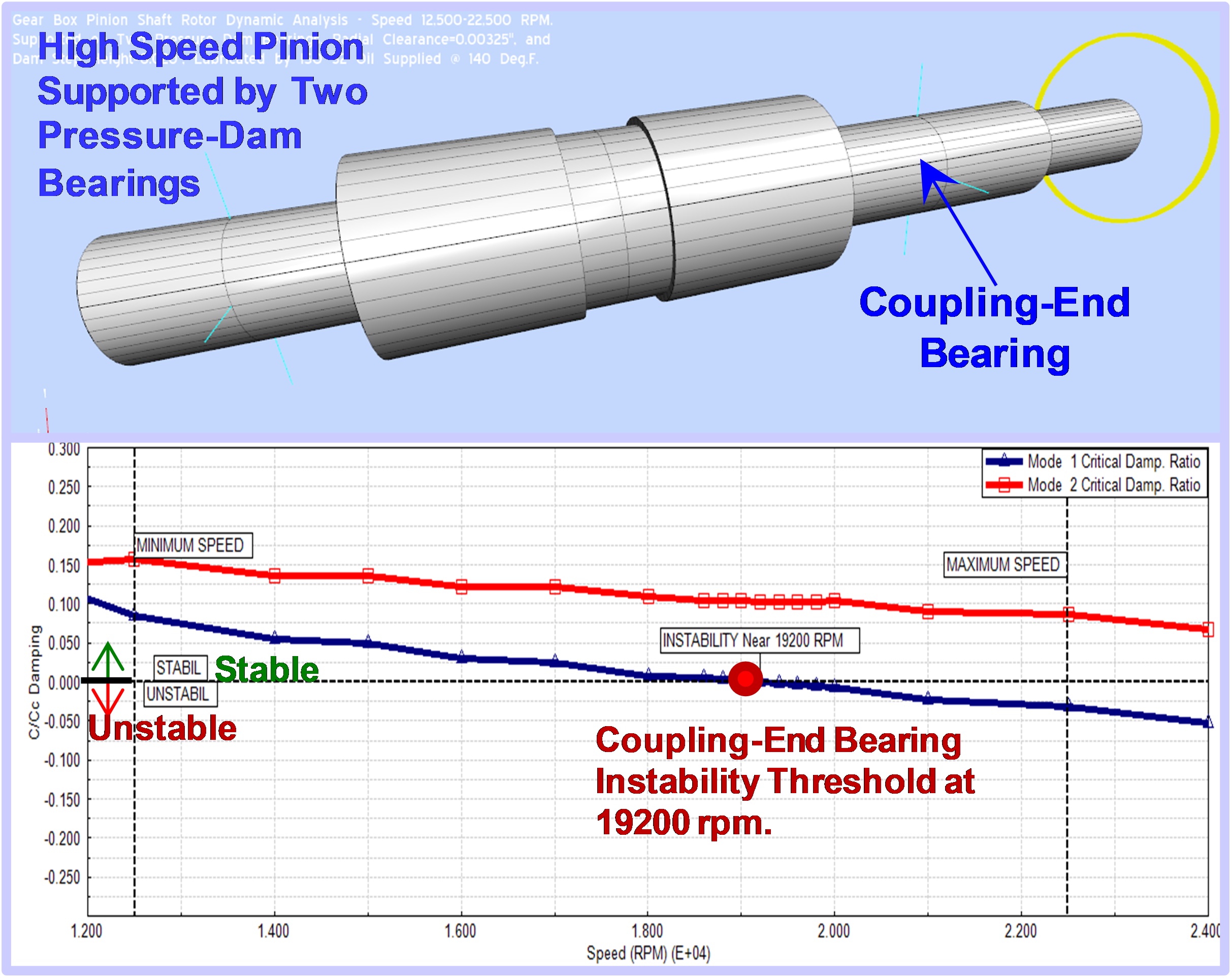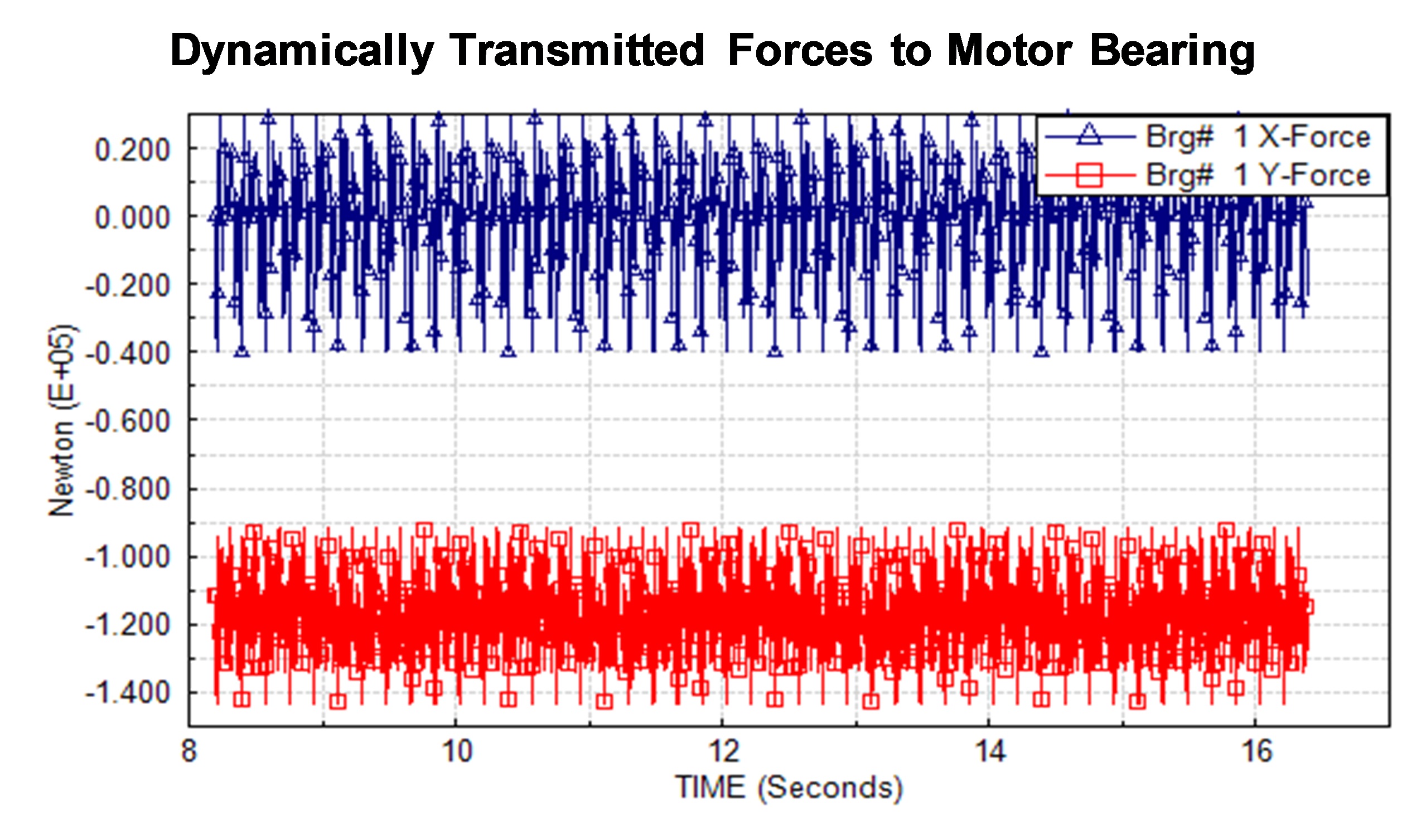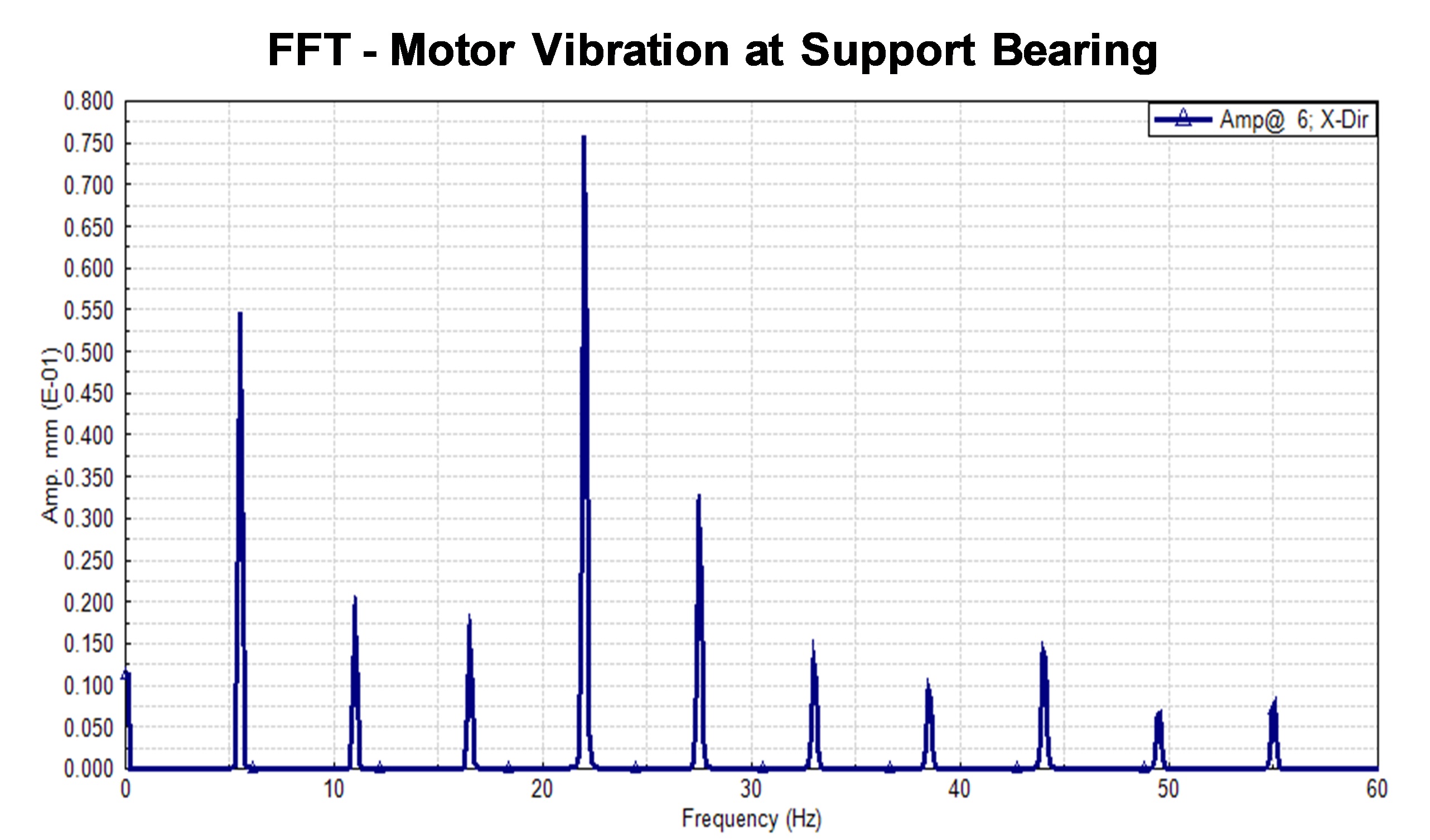ROTLAT V6: Lateral Rotor Dynamics Analysis Package
The ROTLAT rotor dynamics package uses a finite-element based formulation for performing damped and undamped lateral natural frequencies, mode shapes, stability, unbalance response, steady-state and time-transient response of rotating systems. ROTLAT consists of four sub-modules: ROSTAB, ROTORMAP, ROSYNC and RORESP integrated by ROTLAT's user interface. The user interface controls the sub-modules to provide a complete lateral vibration analysis environment. Click here for brochure.

The release of RBTS’ ARMD Version 6 ROTLAT is a major milestone in the product’s development history, rolling out a completely new and improved graphical user interface for the package with enhanced numerical capabilities and features. The software’s front end was redesigned with our customers’ and industry’s input to incorporate the most logical, efficient, and productive techniques to model and analyze complex rotor/bearing systems for lateral vibrations.
ARMD ROTLAT users will immediately see the improvements as element, shaft, and system data are presented in a flatter format, with key fields and analysis options readily visible and accessible from the main data entry screens.
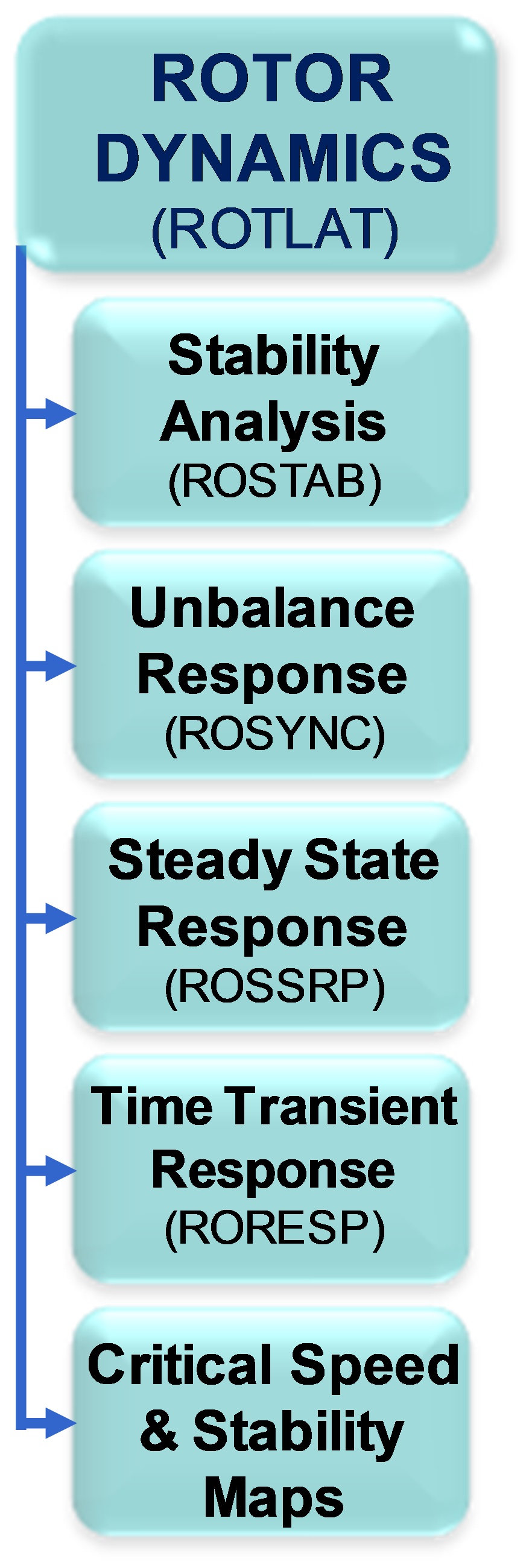
Engineering productivity to design models is vastly improved as rotating assembly models can be easily pasted or imported from user-generated component template models. Furthermore, various types or bearings, wear-rings, aerodynamic effects, etc. can be simply linked to the rotor model and their dynamic characteristics (stiffness and damping coefficients) automatically computed internally or manually entered in the their corresponding forms. Multiple instances of the program can be launched simultaneously providing efficiency in modeling and rapid side-by-side comparison of results.
By identifying new trends from industry standards, along with RBTS’ involvement in turbomachinery standards revisions, new technical features were added to the software.
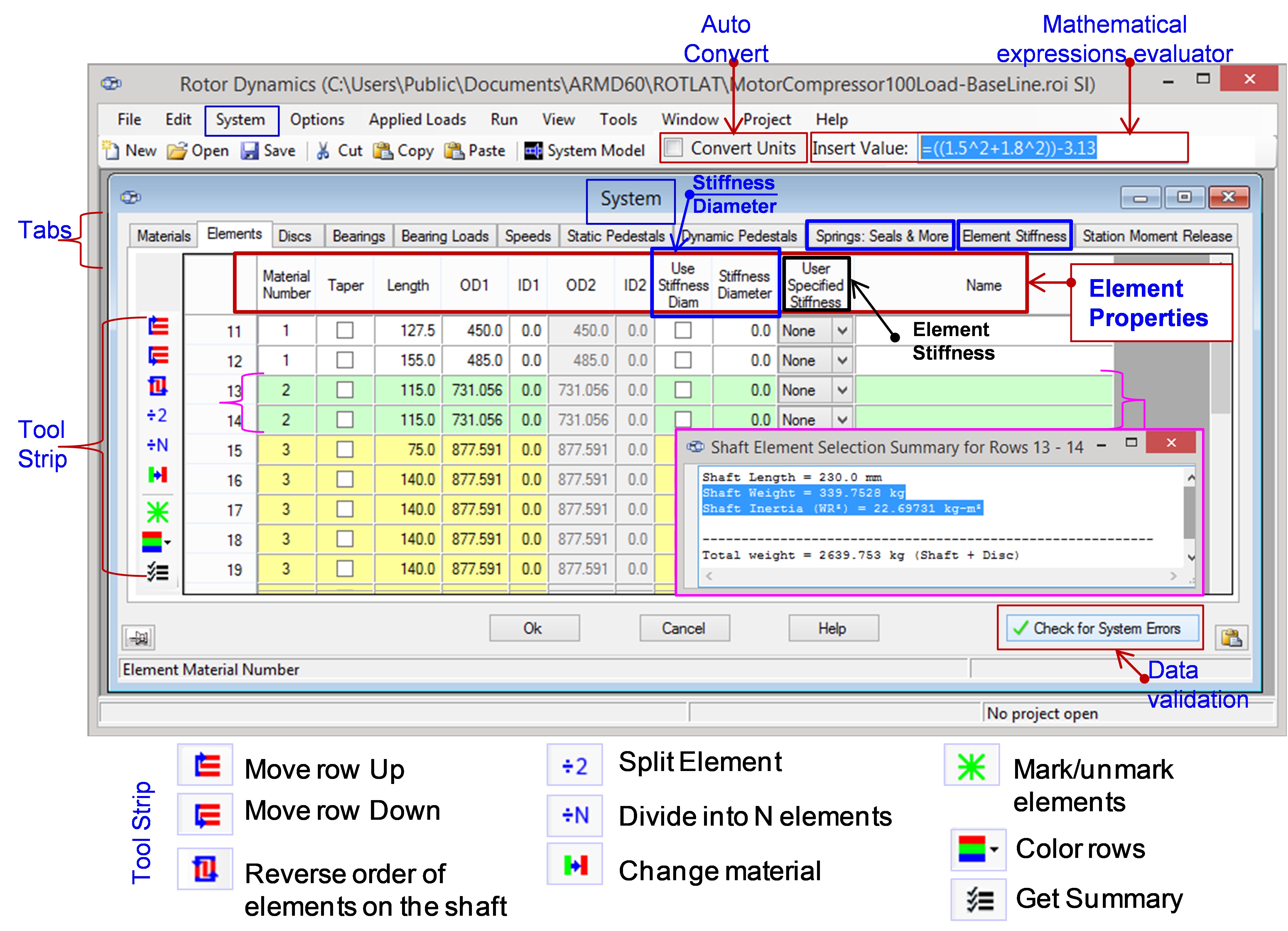
All of the above and more combine to provide more accurate modeling and better matching of analysis results to actual system empirical results.
ROTLAT permits user selectable output units between CPM or Hz, in accordance with the user’s preference, or the industry standard format, which can be set simply by checking a box in the options form. Also damping parameter (Ratio or Log. Dec.) can be selected. Full user control for generating critical speed maps with/without speed/gyroscopic effects are provided.

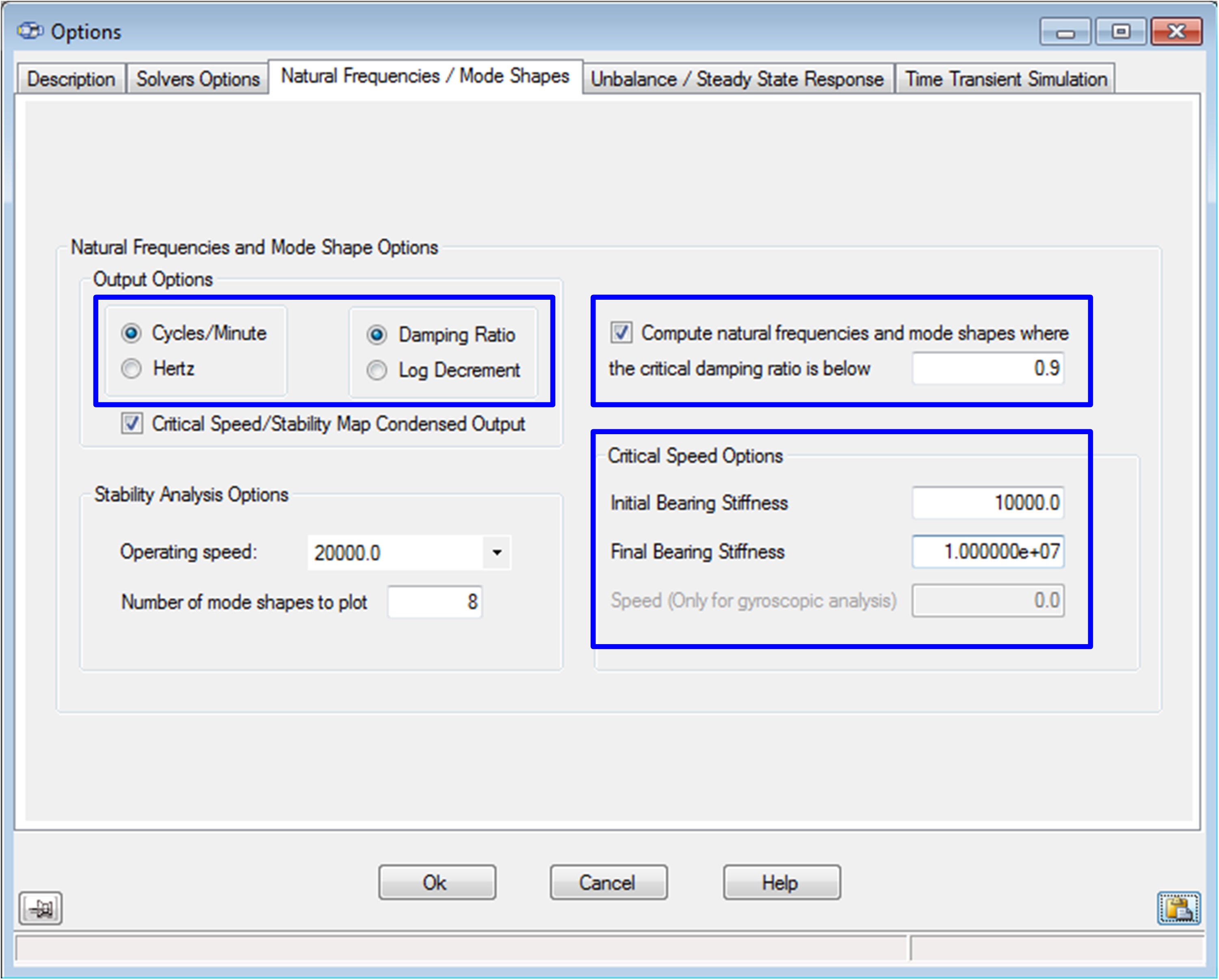
Additionally, forces/excitations such as unbalance considered in synchronous response analysis can be combined with gravitational body forces and any externally applied forces and moments in the steady-state and time transient response simulations.
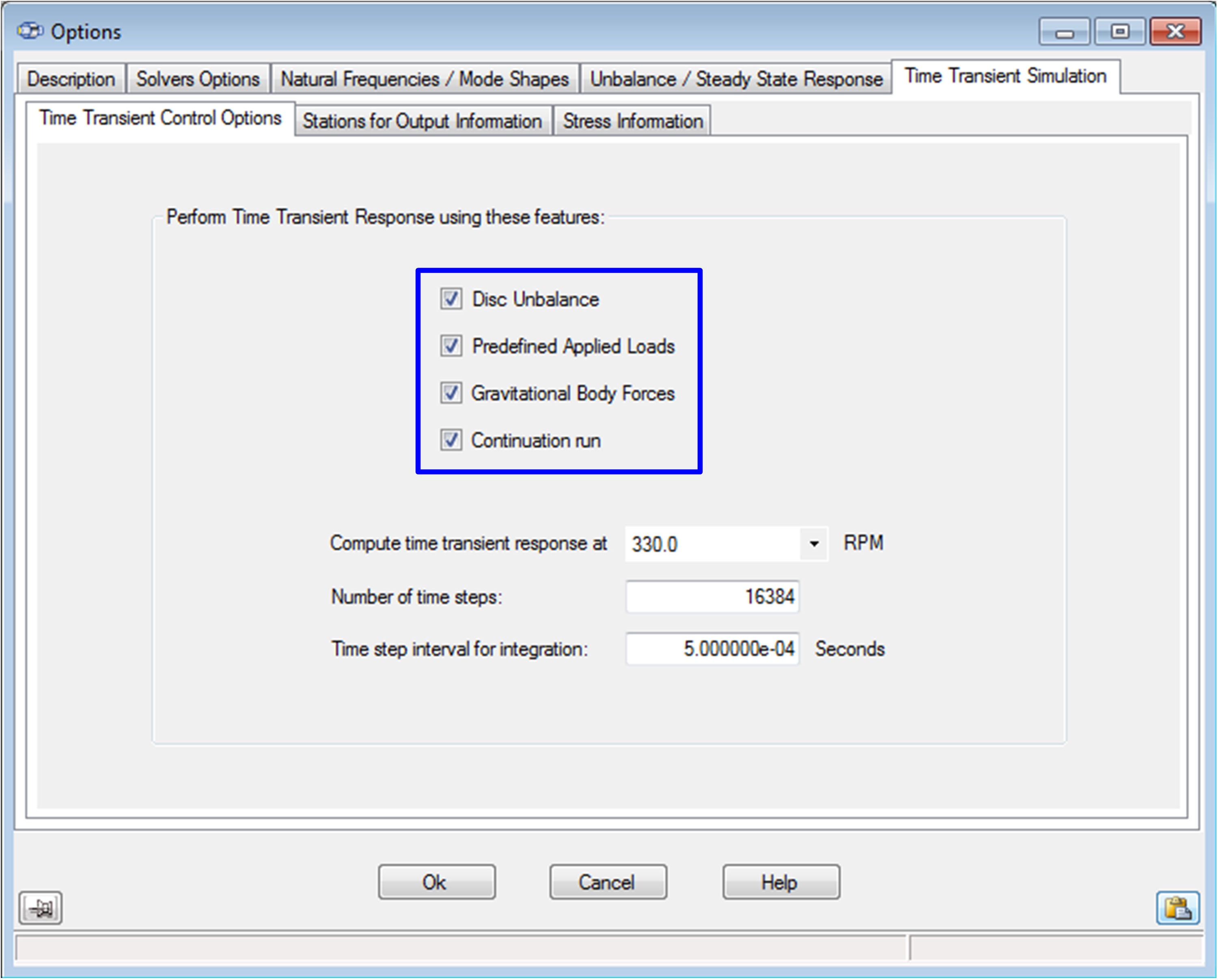

ROTLAT results include:
NATURAL FREQUENCY, MODE SHAPE & STABILITY
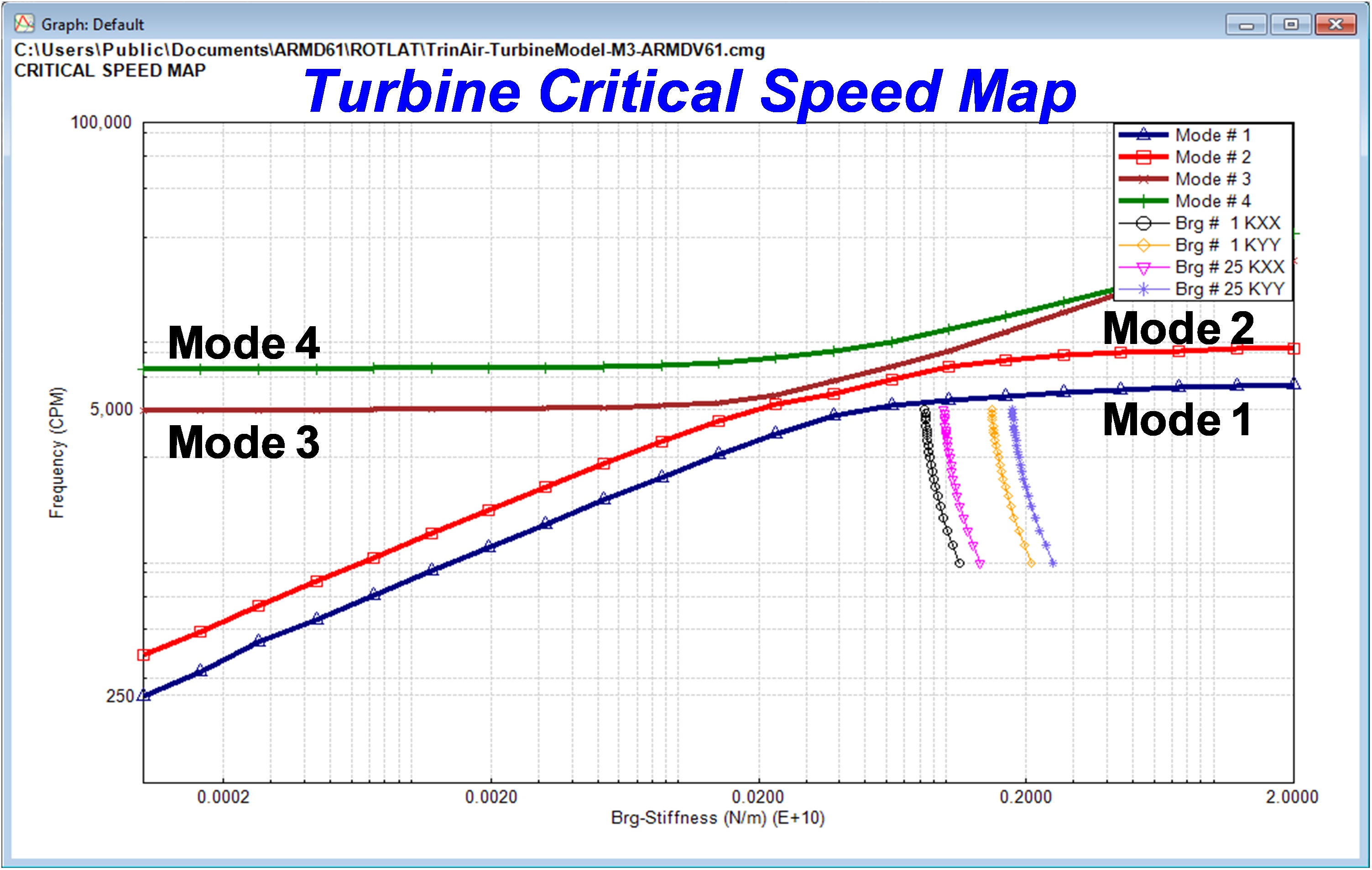
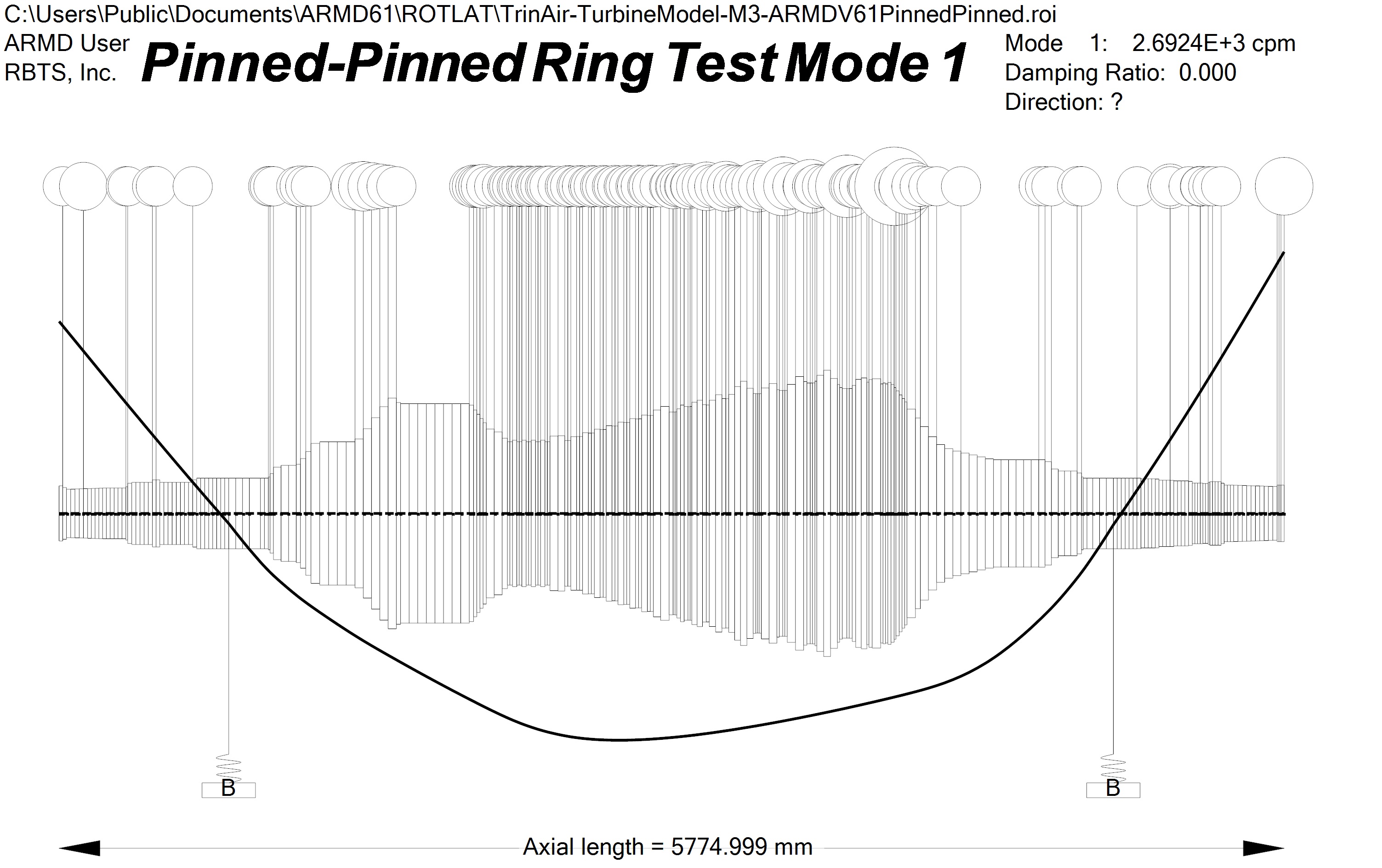
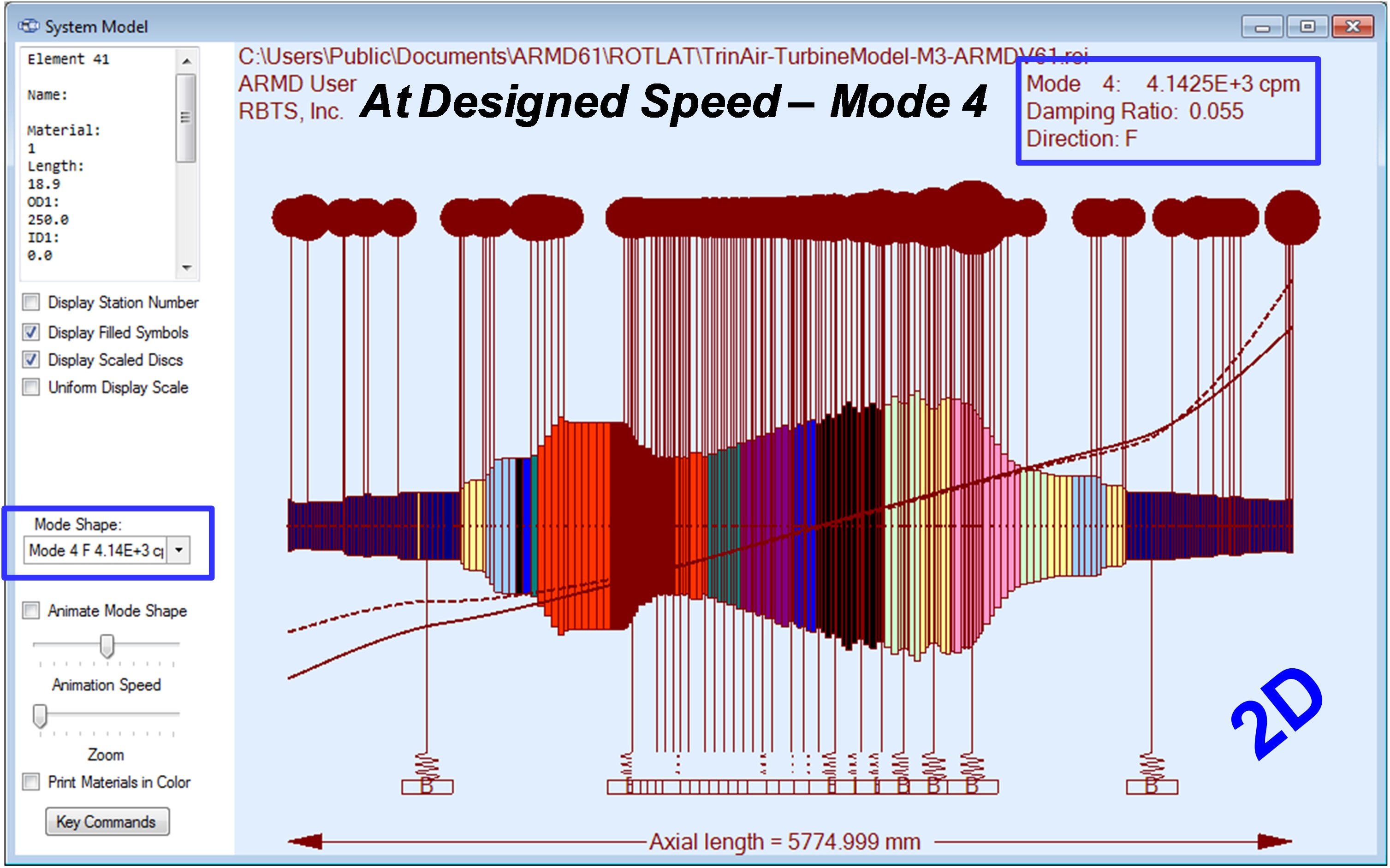

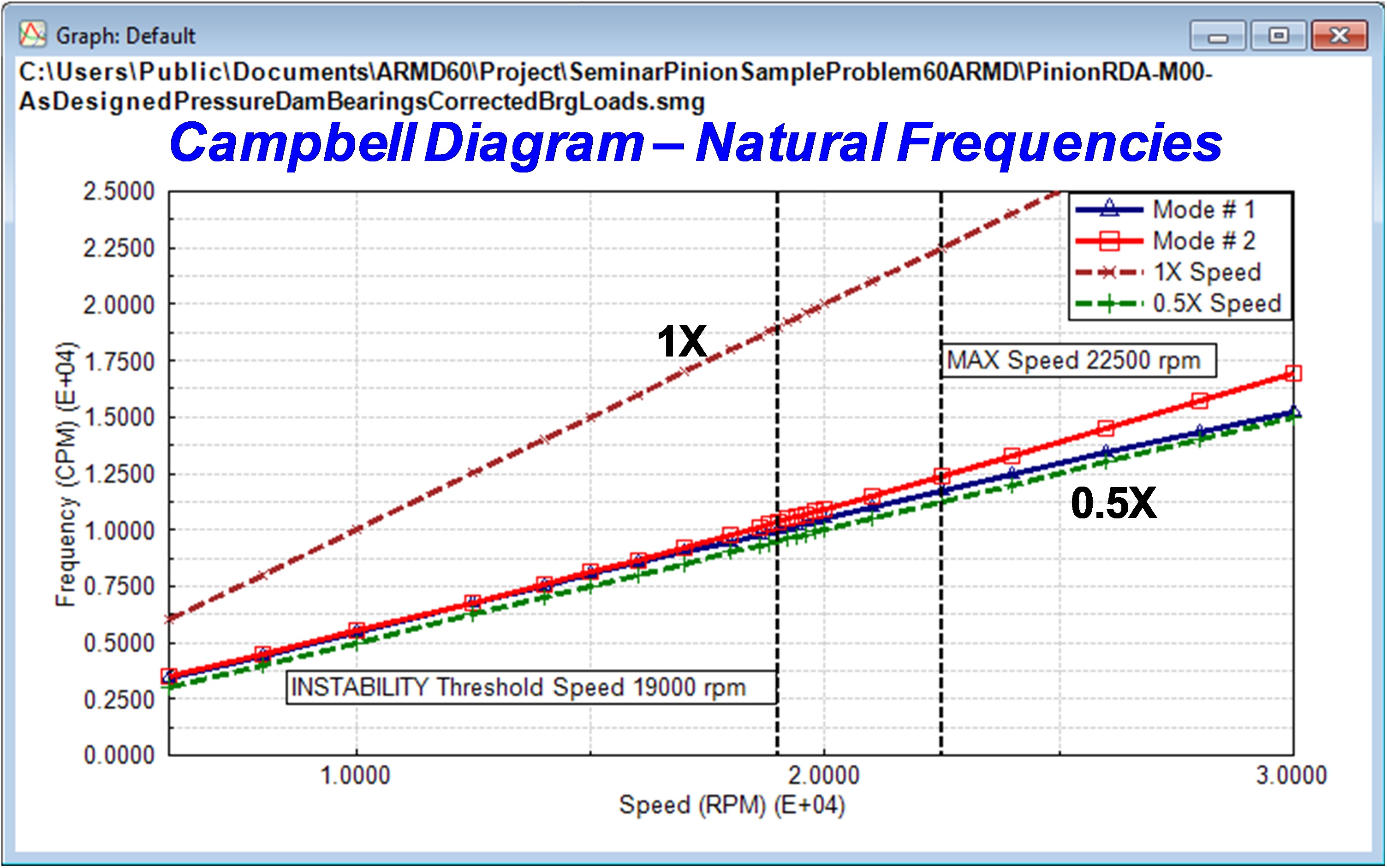
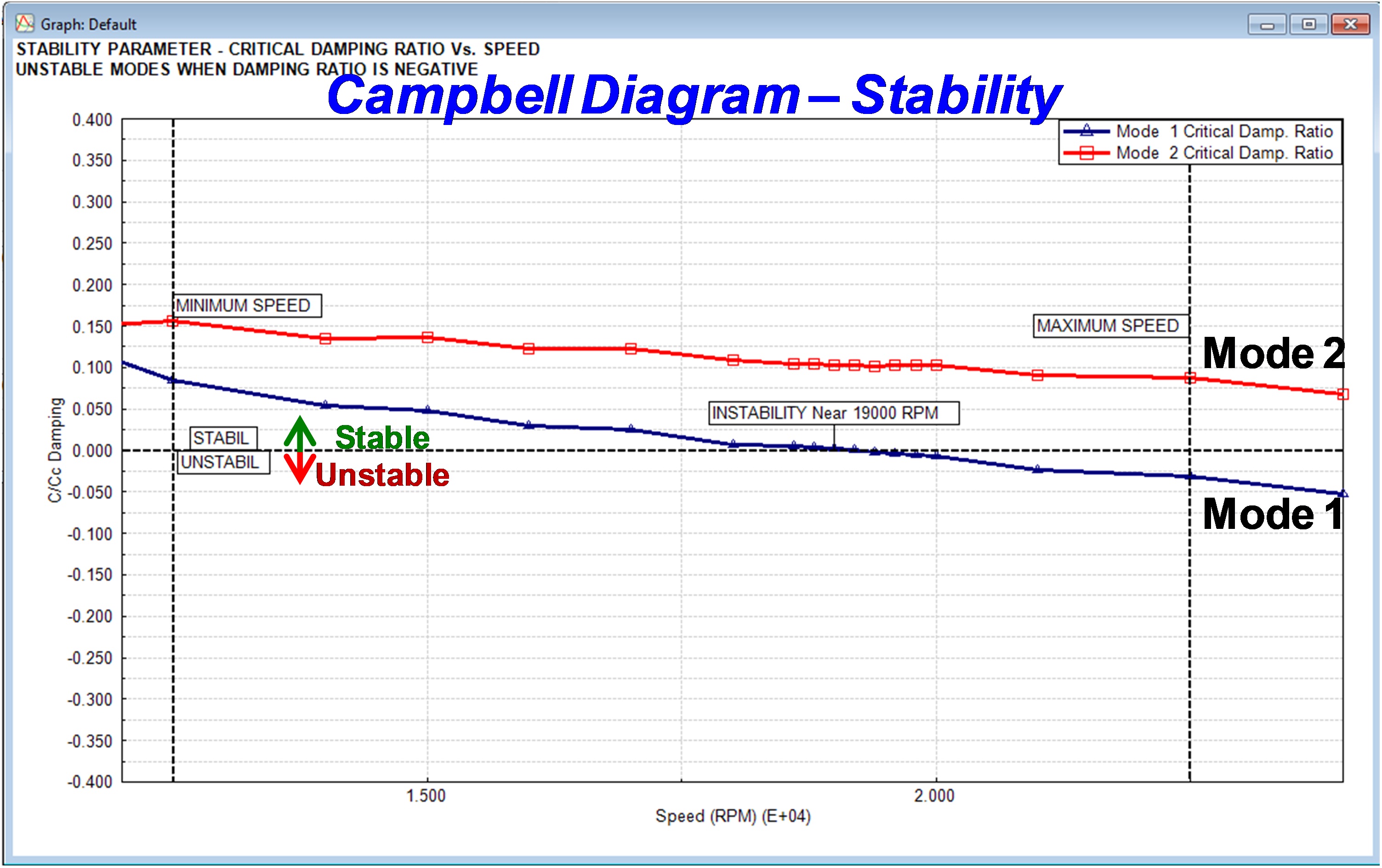

UNBALANCE RESPONSE

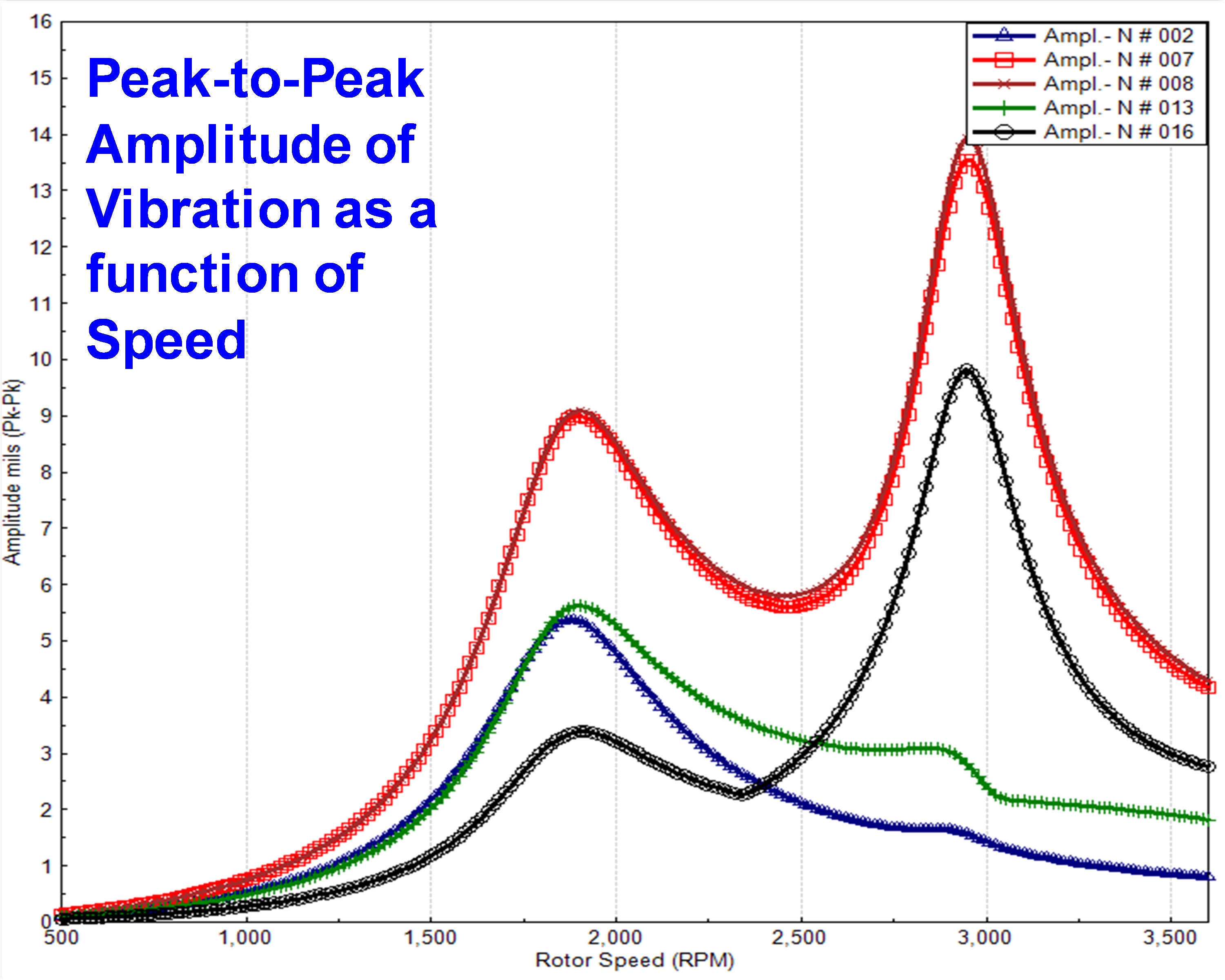
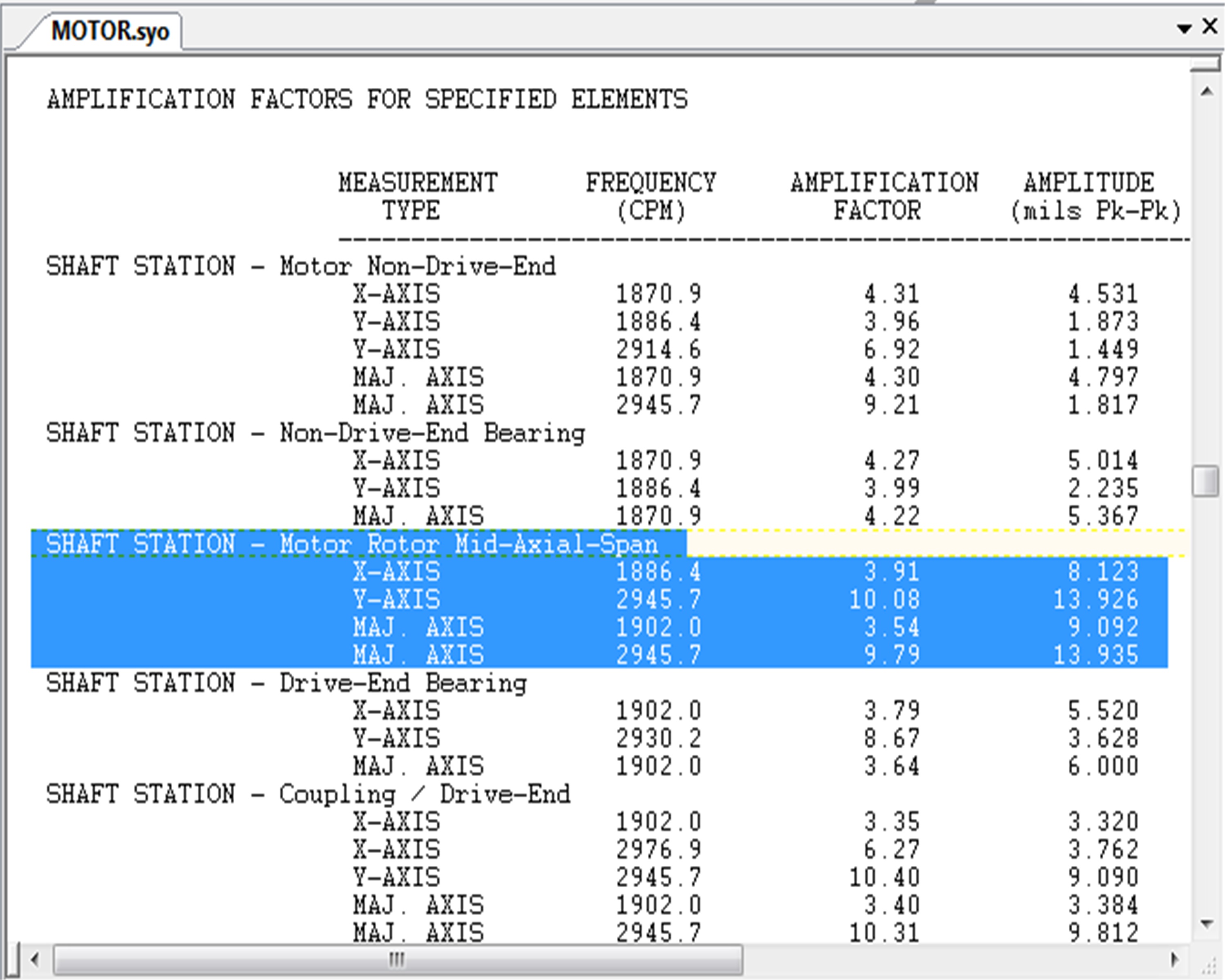
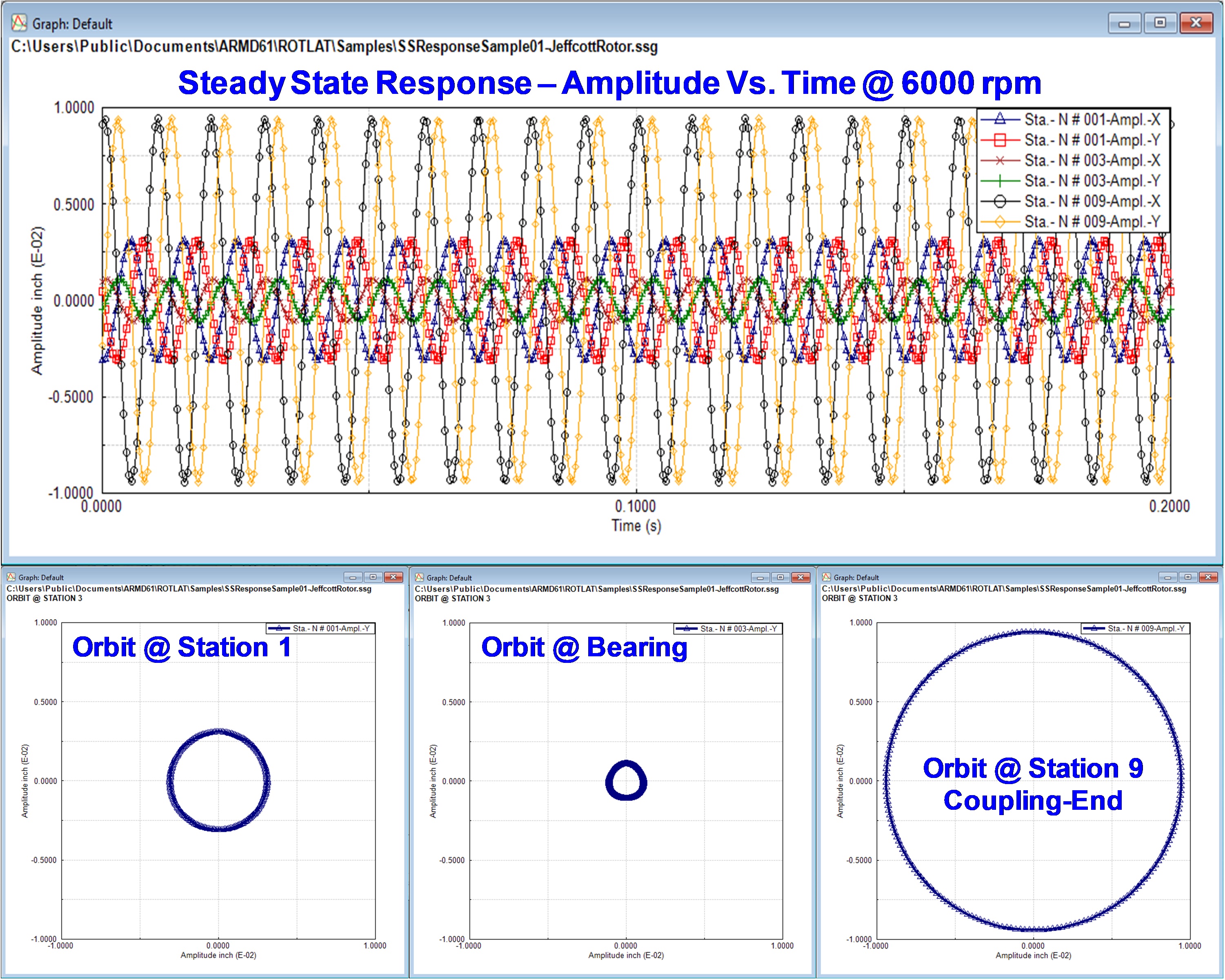
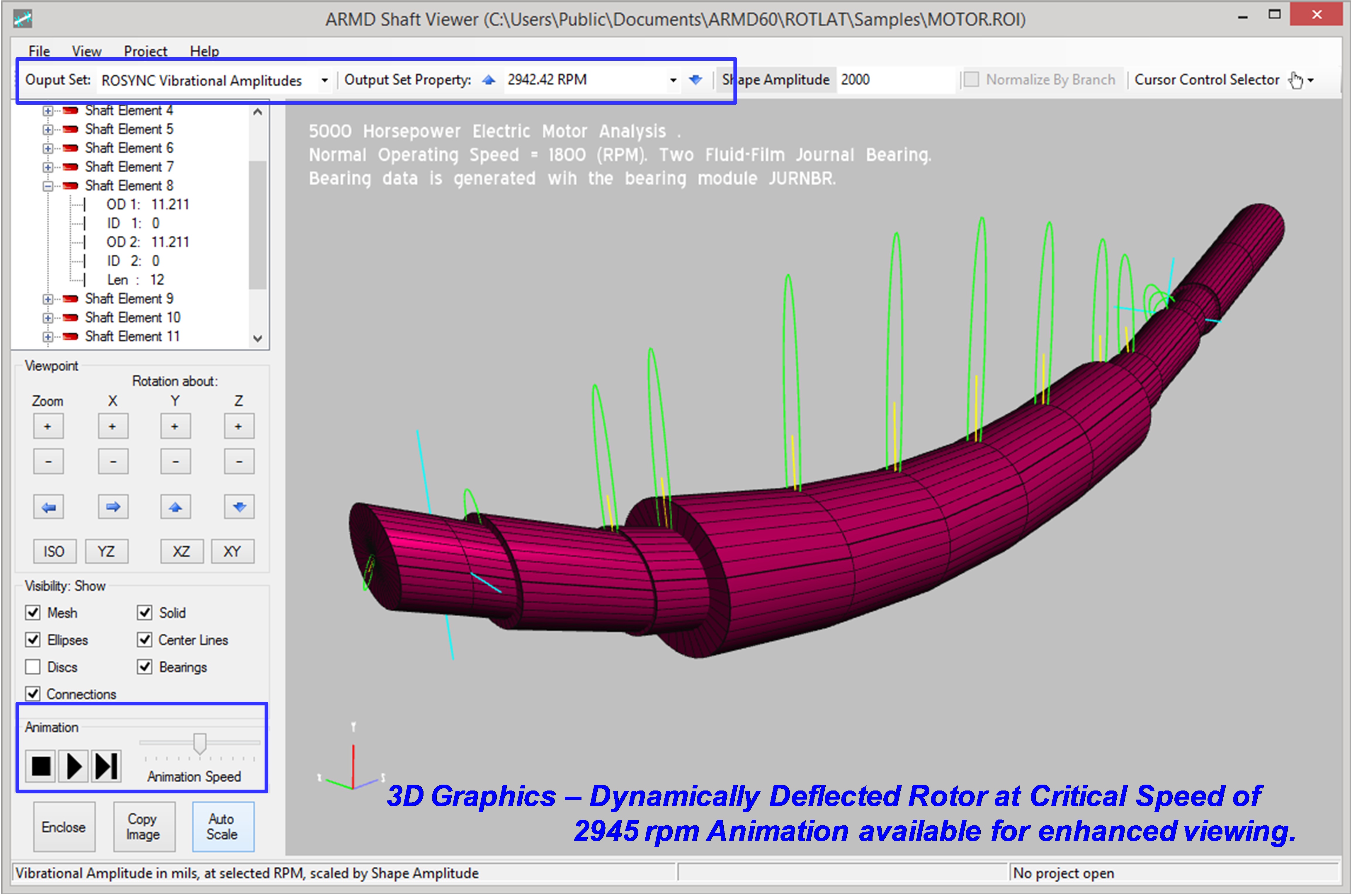
TIME-TRANSIENT RESPONSE
